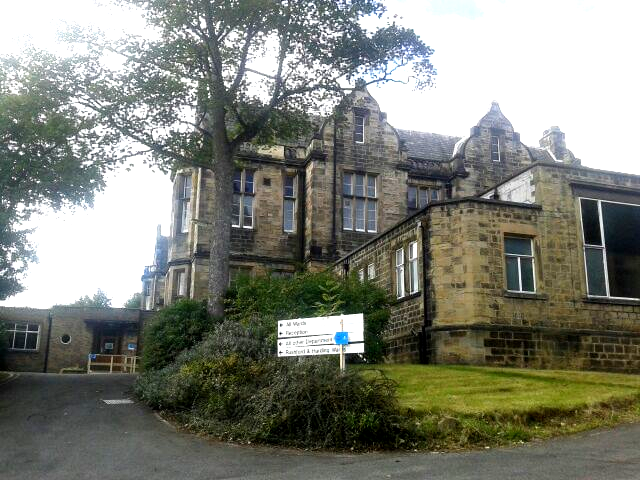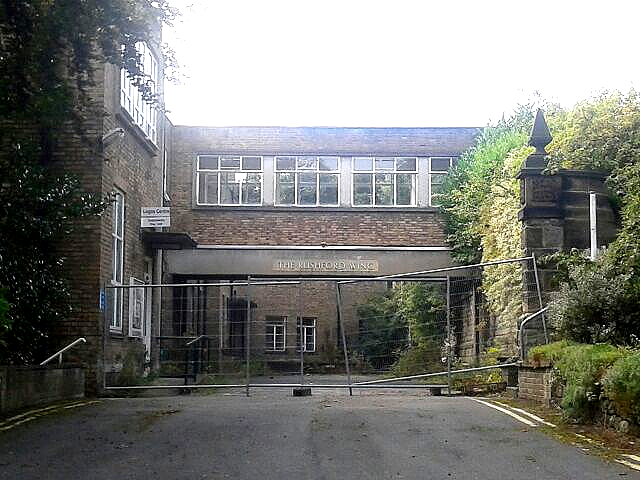New flats for students in Durham to be built in Victorian mental hospital?
Proposals will see as many as 500 students housed in abandoned mental hospital

Your support helps us to tell the story
From reproductive rights to climate change to Big Tech, The Independent is on the ground when the story is developing. Whether it's investigating the financials of Elon Musk's pro-Trump PAC or producing our latest documentary, 'The A Word', which shines a light on the American women fighting for reproductive rights, we know how important it is to parse out the facts from the messaging.
At such a critical moment in US history, we need reporters on the ground. Your donation allows us to keep sending journalists to speak to both sides of the story.
The Independent is trusted by Americans across the entire political spectrum. And unlike many other quality news outlets, we choose not to lock Americans out of our reporting and analysis with paywalls. We believe quality journalism should be available to everyone, paid for by those who can afford it.
Your support makes all the difference.Plans are in the pipeline to turn a disused mental health institution into brand new residences for Durham students.
Situated close to several popular clubs off one of the city's main student streets, the former County Hospital housed 50 inpatients until its closure in January 2010.
Dating back to 1853, the imposing Victorian property lies in a conservation area near a nature reserve and includes some listed buildings. Should planning permission be awarded, it could soon become the site of up to 485 university rooms.
A public display in Durham on Saturday saw proposals unveiled inside the old building, following its sale to a trio of property developers earlier this year.
Further detailed consultation is due to take place in coming months but Sandra Manson, director of planning advisors Signet Planning, has insisted that developers are 'very mindful' of the heritage and landscape of the hospital’s site.
Three options have been outlined to residents, centring around the 'retention and restoration' of the hospital building, along with the demolition of 'inappropriate extensions'. The favoured option, expected to cost roughly £20m, would include newly-built accommodation while keeping the 'general green aspect of the site'.
But a third option, closer to the £6m mark, would keep the 1930s extensions and house 280 students in the somewhat spooky existing building.
The university is not involved in the redevelopment plans. Further detailed consultation is scheduled for the coming months.

Join our commenting forum
Join thought-provoking conversations, follow other Independent readers and see their replies
Comments